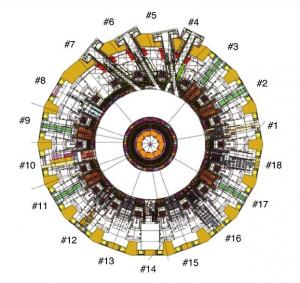What’s New
11 January 2021
ITER news digest for the period of 14 December 2020 to 11 January 2021.

A detailed and realistic 360° MCNP model of ITER


Désolé, cette page n'existe pas en français.

